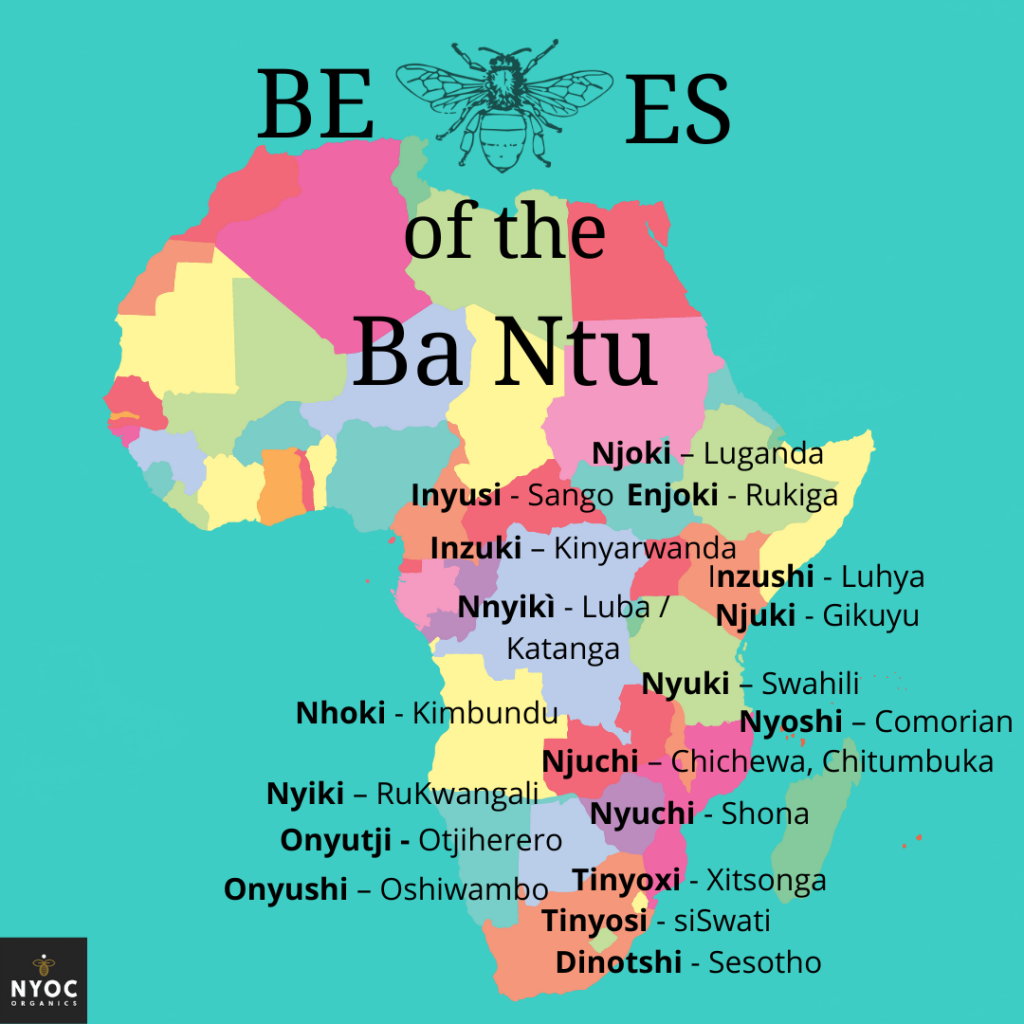
The names for ‘bees’ or ‘bee’ from the languages of the Ba Ntu people of Sub-Saharan Africa and the etymological ties that bind us.
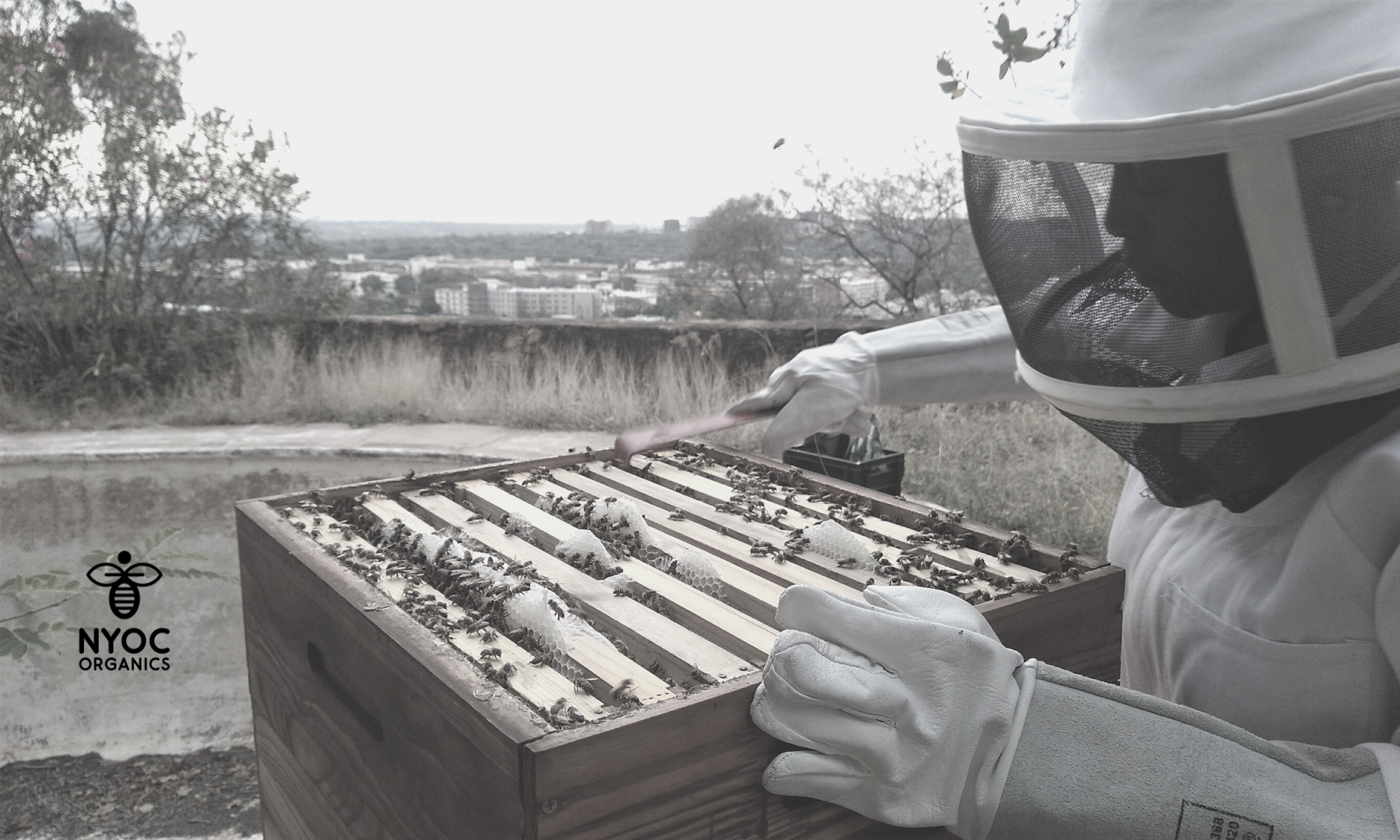
More Bees, More Life

The names for ‘bees’ or ‘bee’ from the languages of the Ba Ntu people of Sub-Saharan Africa and the etymological ties that bind us.
Artworks from the HUM exhibition – a collaborative project of ceramic beehive sculptures head out into nature and make themselves available to be homes for bees.
During our winter down time, we teamed up with Dunja Herzog experimenting with the idea of making beehives from clay. Now with spring around the corner, the sculptors are taking on their next phase- evolving artistic pieces into utilitarian form.
This was always the plan from the onset of the project. We felt similarly about creating works that encompassed a distinct narrative about the multidimensional character of bees in relation to mythology, folklore, spirituality, gender, fertility, nature and symbiosis, merged with an aesthetic quality and practical possibilities of them being actual homes for bees. This culminated in an exhibition at Victoria Yards on the 26th-29th of June.

The execution of this next phase i.e. putting the hives out in the great outdoors was determined by the change in season, as we move towards spring time in the Southern Hemisphere. As nature comes to life with rising temperatures and new blossoms appearing, so do bees increase their levels of activity in search for nectar, pollen and in some cases, new homes. Between August and mid-November, beekeepers generally look to increase their beehive units by luring trekking swarms into their hives.
We decided to put our plan in action firstly by securing a safe site, then building stands for the hive pots out of scrap metal pieces, baiting the pots and then finally placing them in the desired location.
What happens next is now in the hands of nature. Crossing fingers for swarms to arrive in the weeks to come.
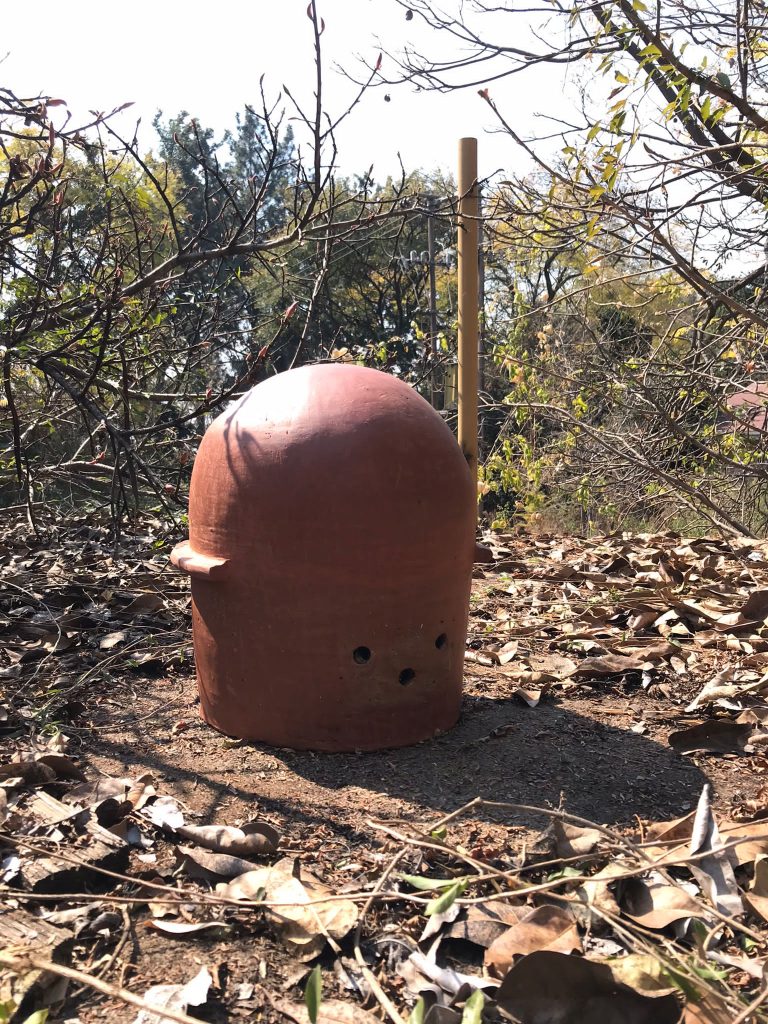
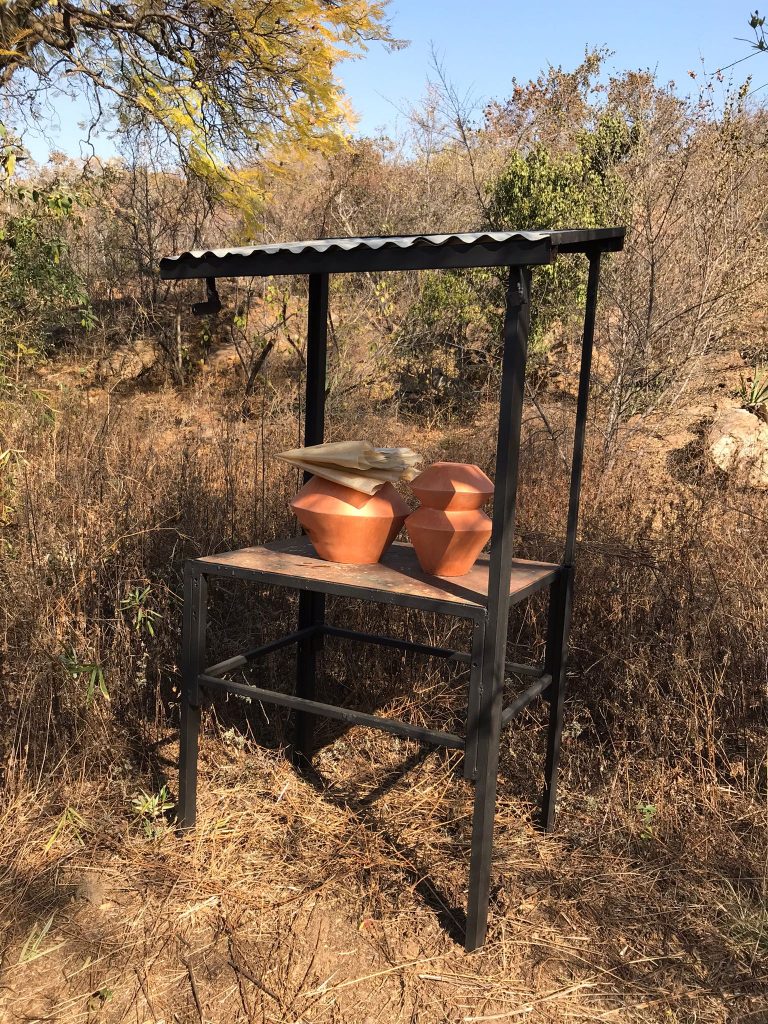
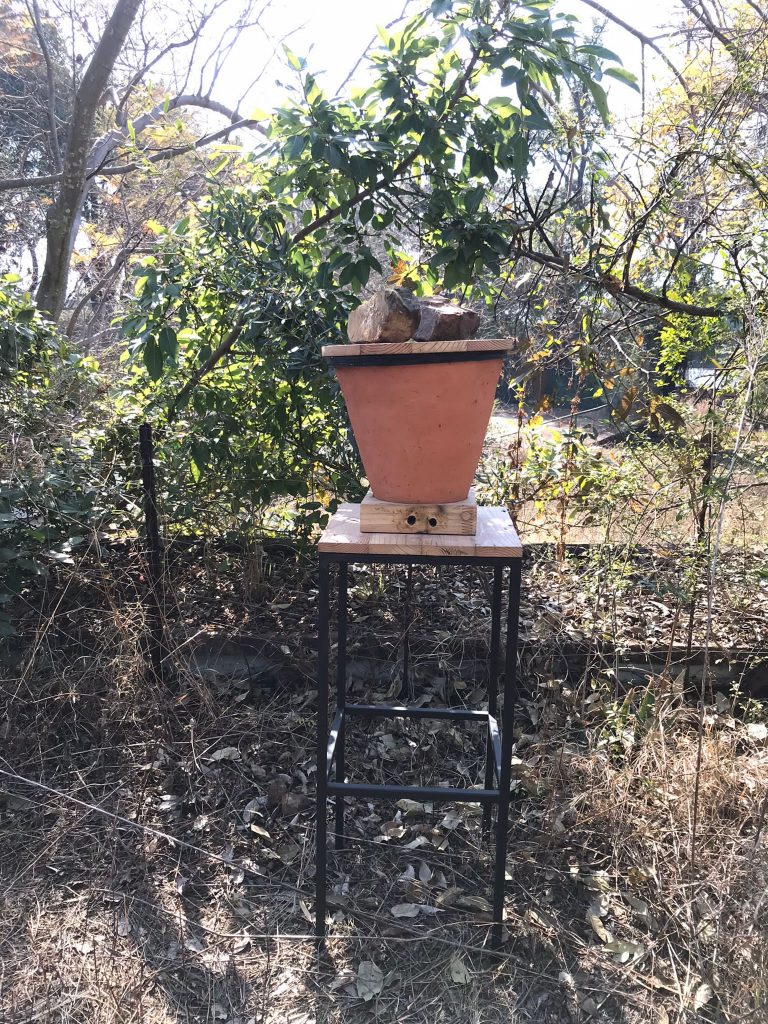
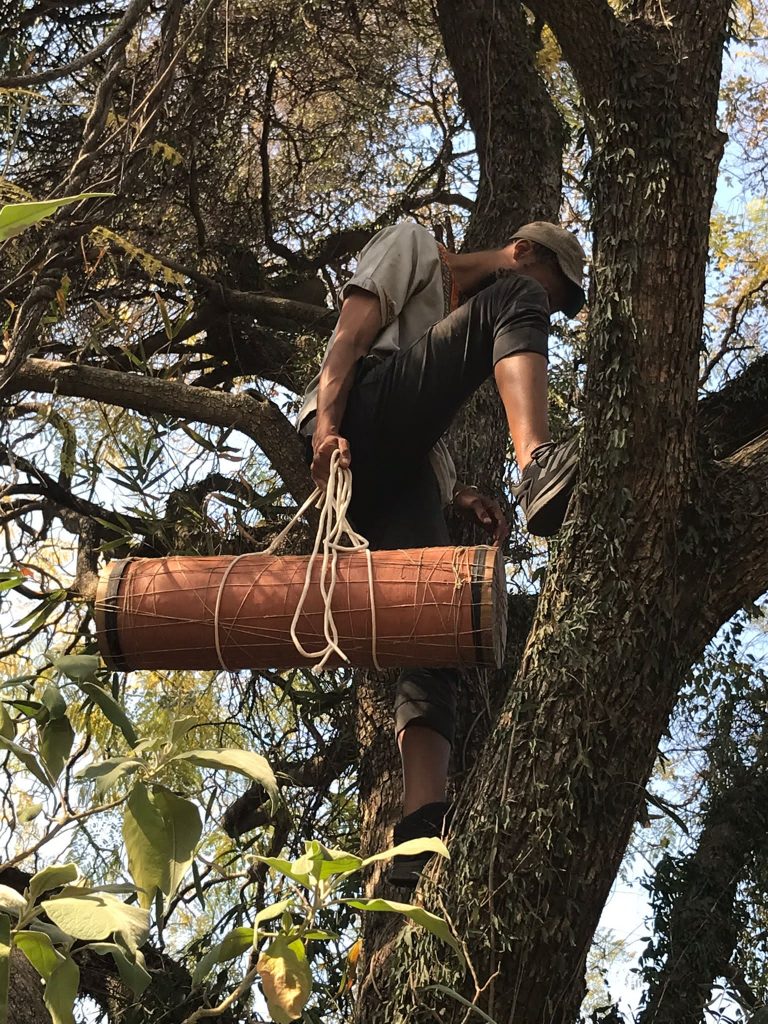
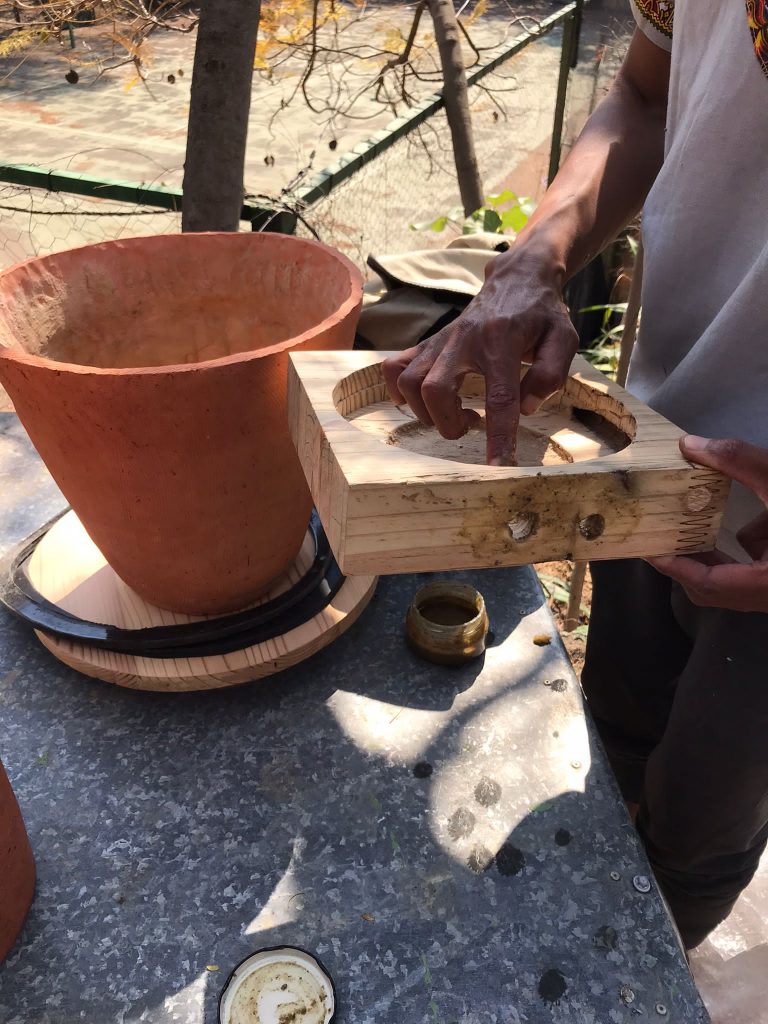

Taking a trip down memory lane to one of NYOC’s pre-Covid events held at Bastion House in Irene, Pretoria
We’ve been fortunate enough to have been involved in some memorable Bee and Honey related events during our short time in existence. Only problem is we are terrible at actually documenting! But we’re working on it.
Nestled in the quaint, leafy suburb of Irene stands Bastion House Guesthouse run by husband and wife duo Baz and Antonette who NYOC teamed up with alongside Uhambo – A Wellness Journey, to conceptualize a honey-themed luncheon and mini-spa day titled “The Alchemy of Honey”.
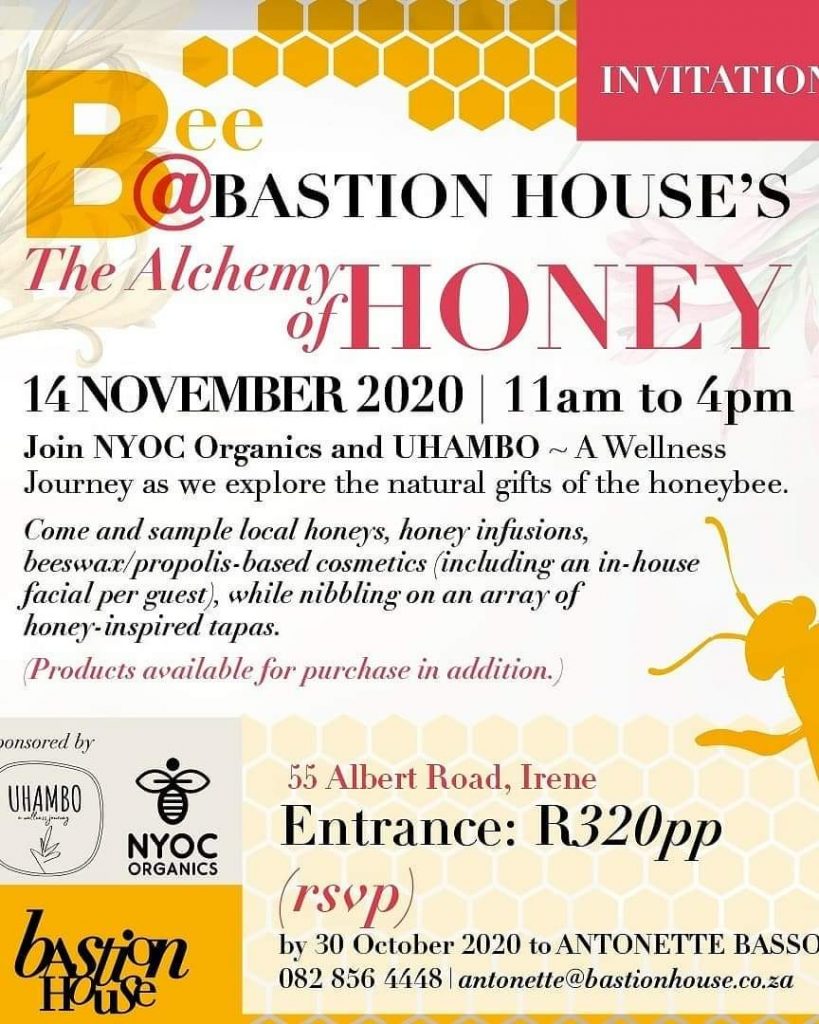
Guests were treated to a 3-course honey inspired menu created and prepared on-site by Nokuzola Chalufu of uHambo – A wellness journey, coupled with honey tasting and sampling of NYOC’s skincare products. Here’s how it went down.
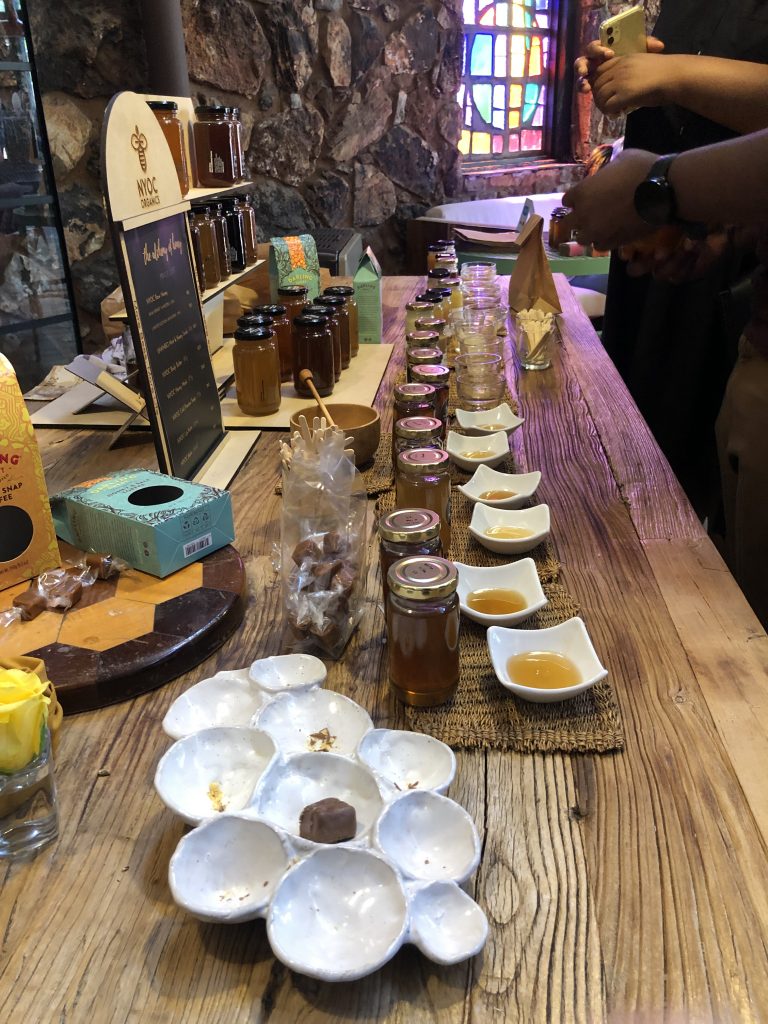
A variety of honeys from NYOC’s archives of various locations and nectar flows were on the table for tasting.
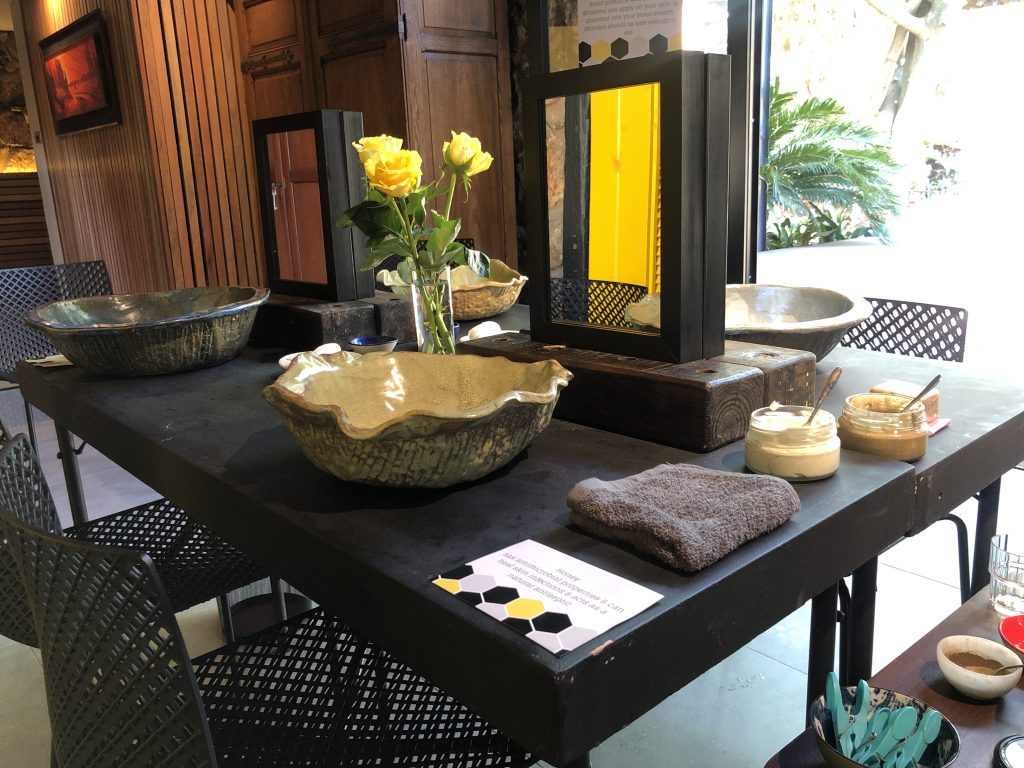
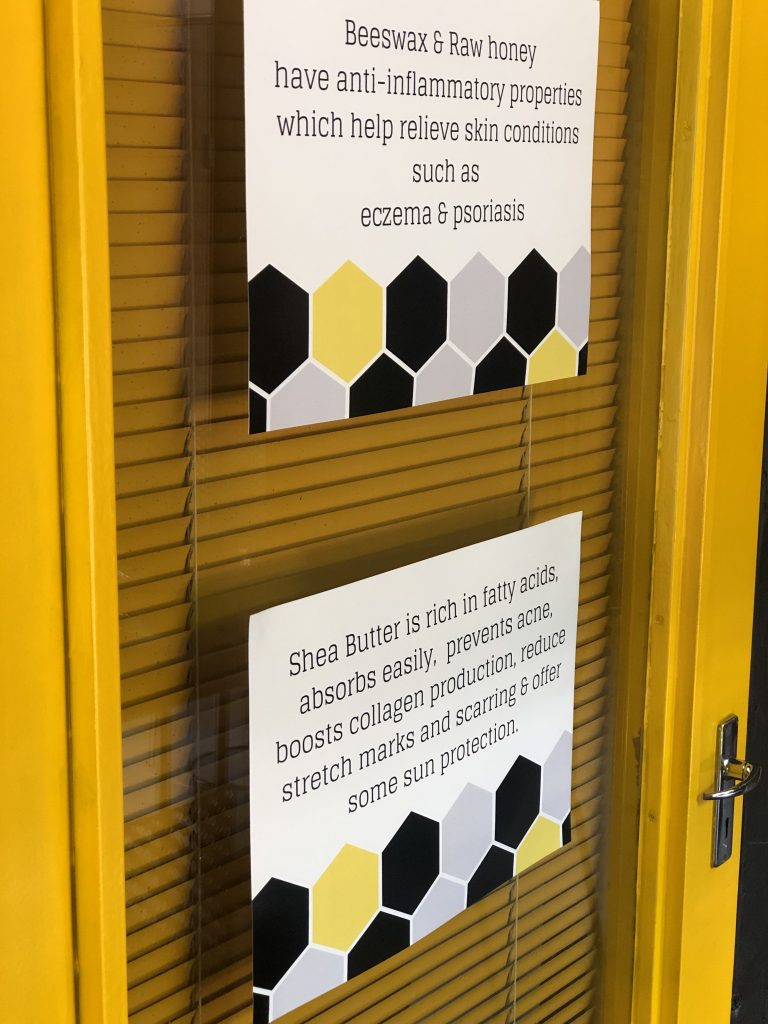
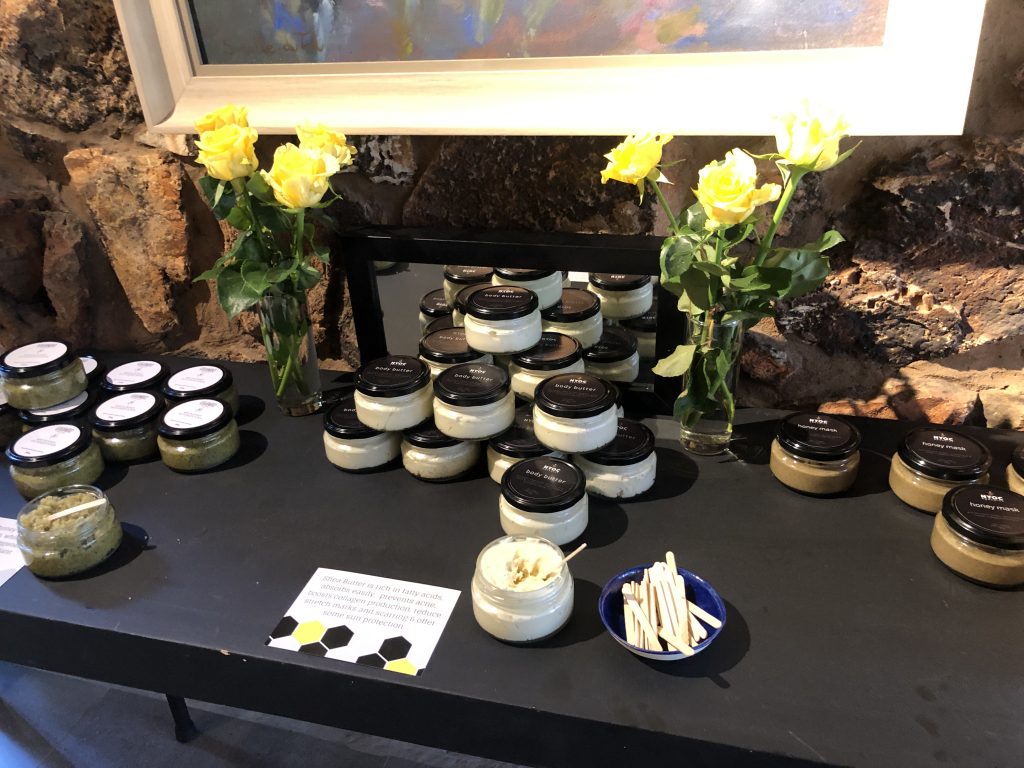
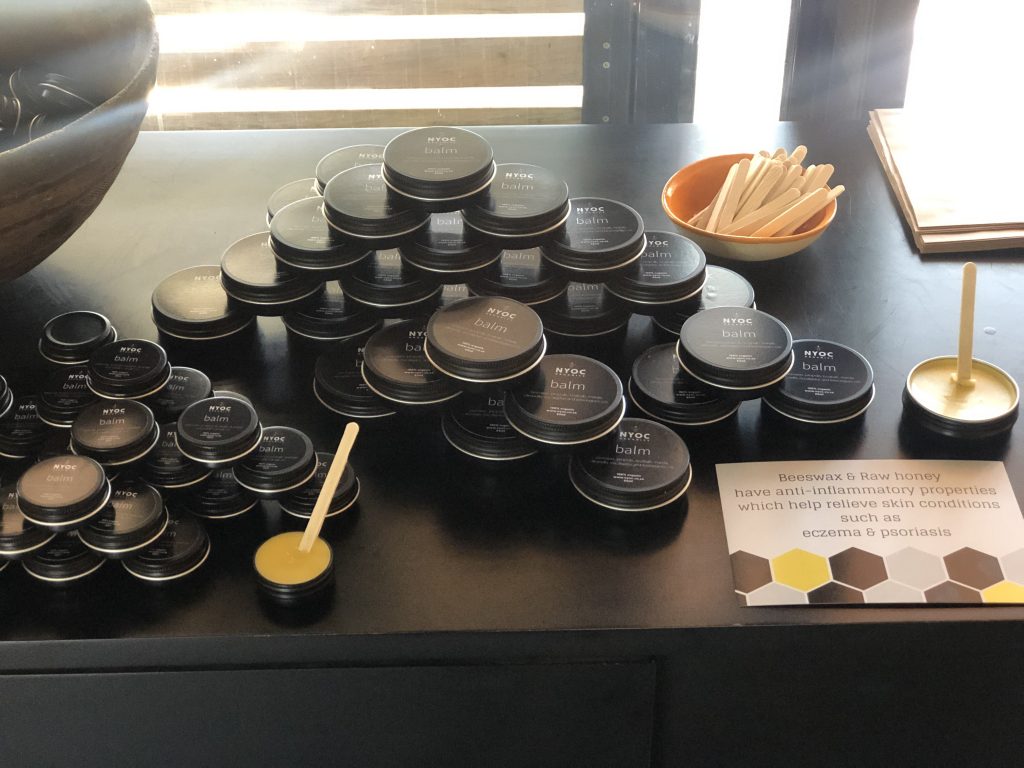
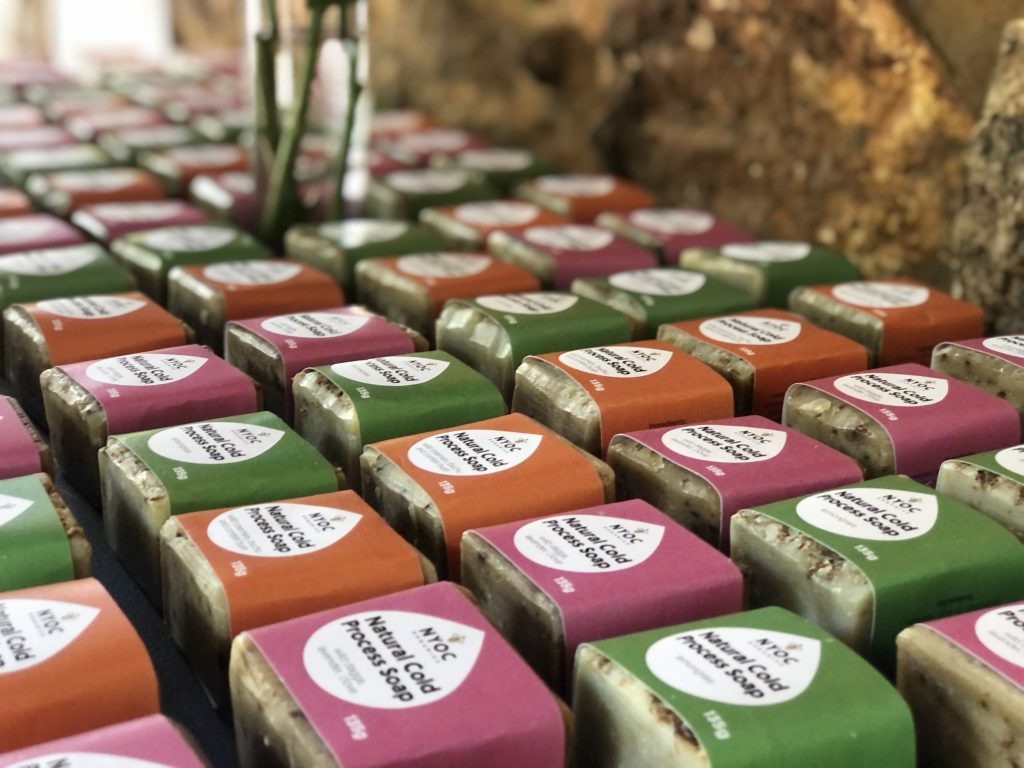
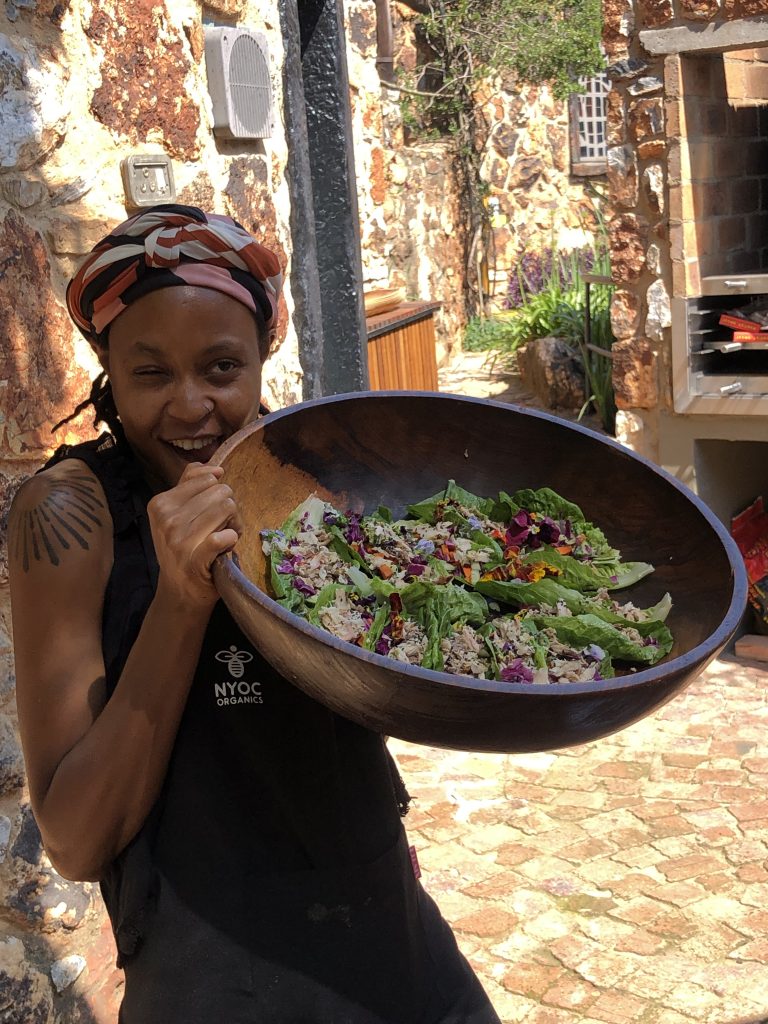
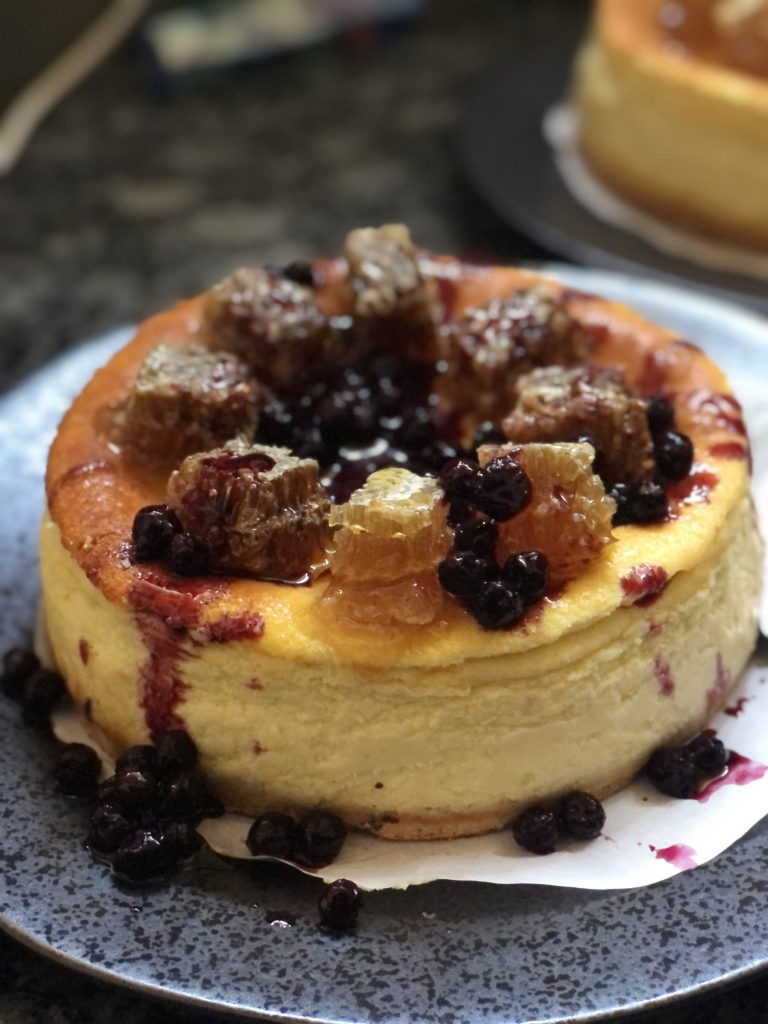
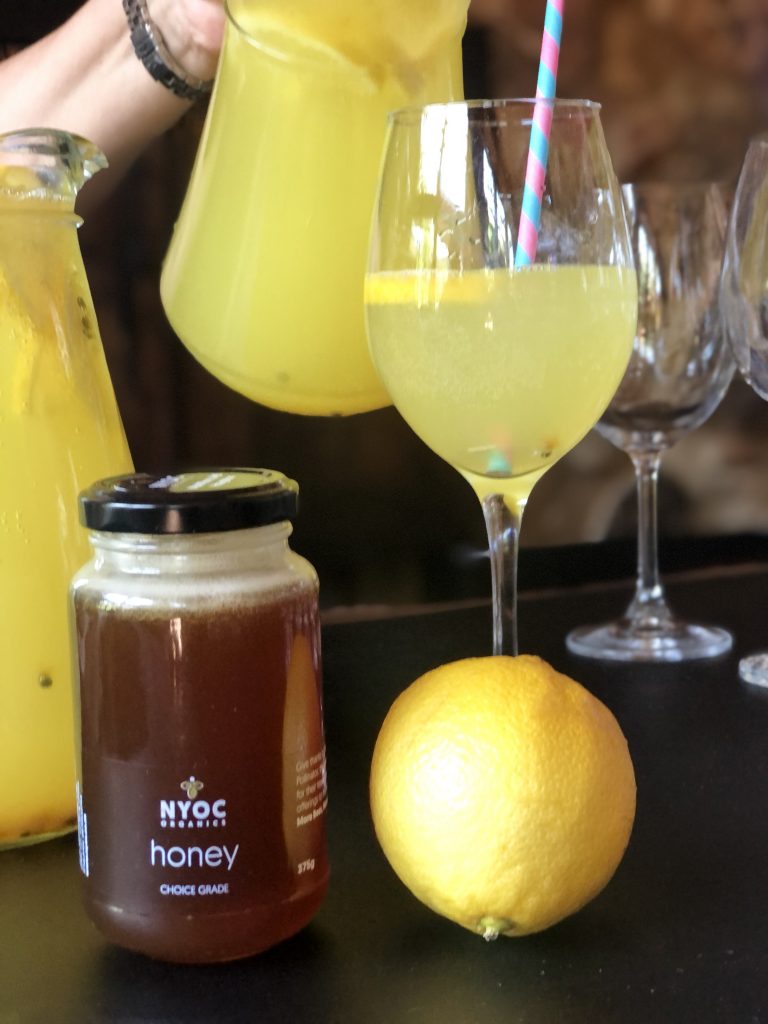
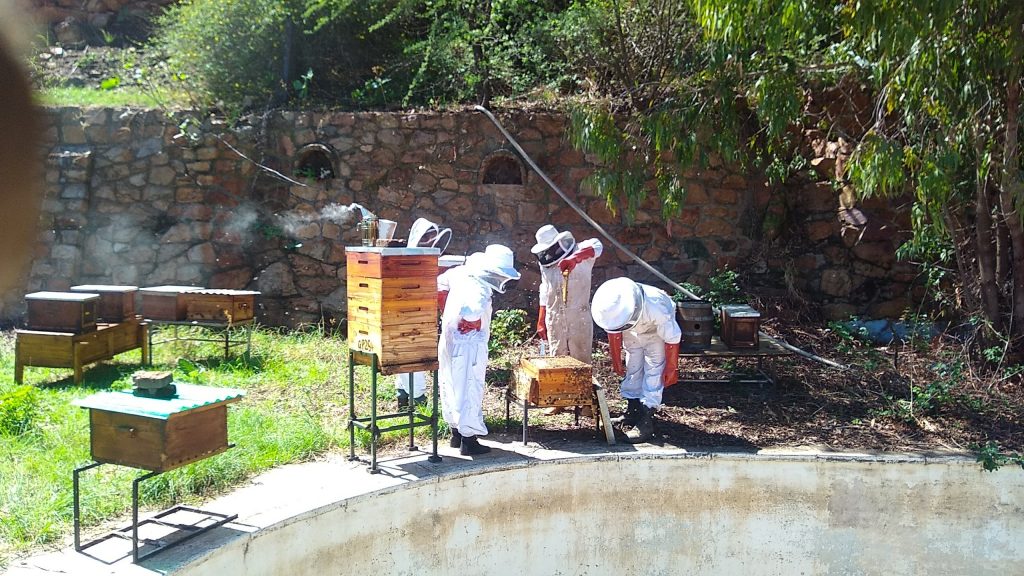
Urban beekeeping entails placing active beehives in areas zoned as urban such as city rooftops or residential backyards. There a number of reasons why this form of beekeeping is an attractive option for some beekeepers.
Food Sources
Bees, like any living organism, live off a particular diet designed by nature. Bees rely on pollen from flowering plants to satisfy their protein, fat, mineral and vitamin requirements, while nectar provides their carbohydrate intake (and as well as being the key ingredient for honey production). Johannesburg’s urban/suburban areas, for example, provide a buffet of nectar and pollen sources for bees all year around thanks to the forward thinking urban planning systems of the past which brought about the prolific planting of trees. Present day homeowners in certain areas have maintained well kept, flourishing gardens.

Honey Production
Based on the perennial nature of flowering plants in the context of the urban areas we operate in, in relation to colony productivity, we receive larger volumes of honey per season compared to our hives in more remote (farm) areas. Furthermore, urban honey is of exceptionally high quality, varies in taste and flavour and changes according to the time of season.
Proximity
With NYOC primarily operating out of Johannesburg, urban beekeeping allows for greater proximity to our hives for monitoring, maintenance and harvesting within a 30km radius. Transport costs are drastically reduced while our carbon footprint is equally lessened.
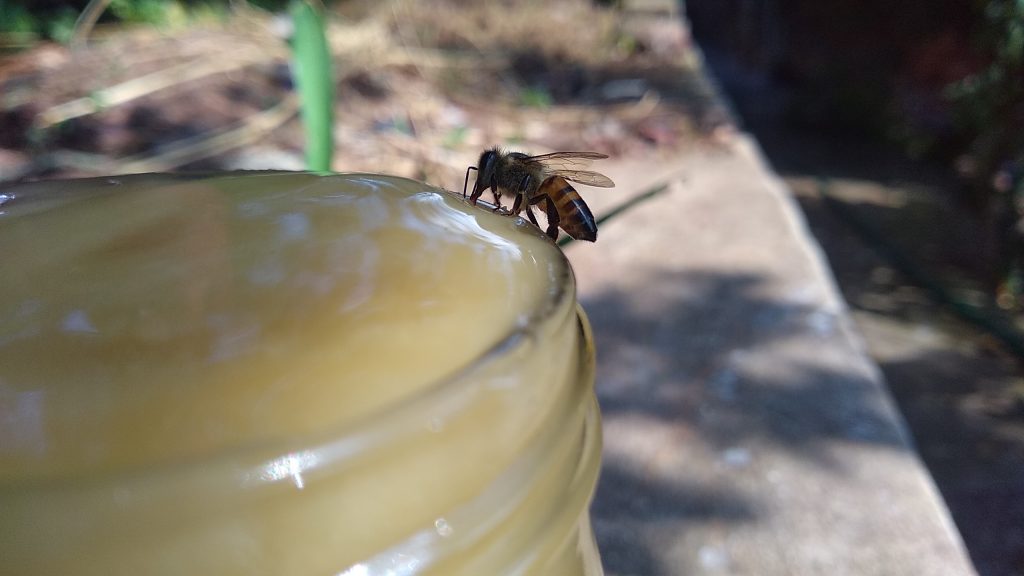
Biodiversity and Conservation
Strong and healthy bee colonies doing what they do best i.e. pollinating plants is critical to maintaining biodiversity and ecological systems that ensure our planet stays alive. Urban beekeeping plays an important role by providing safe and conducive environments for bees to thrive. Our hives are routinely checked (thanks to proximity) and not moved around for commercial hire such as pollination services.